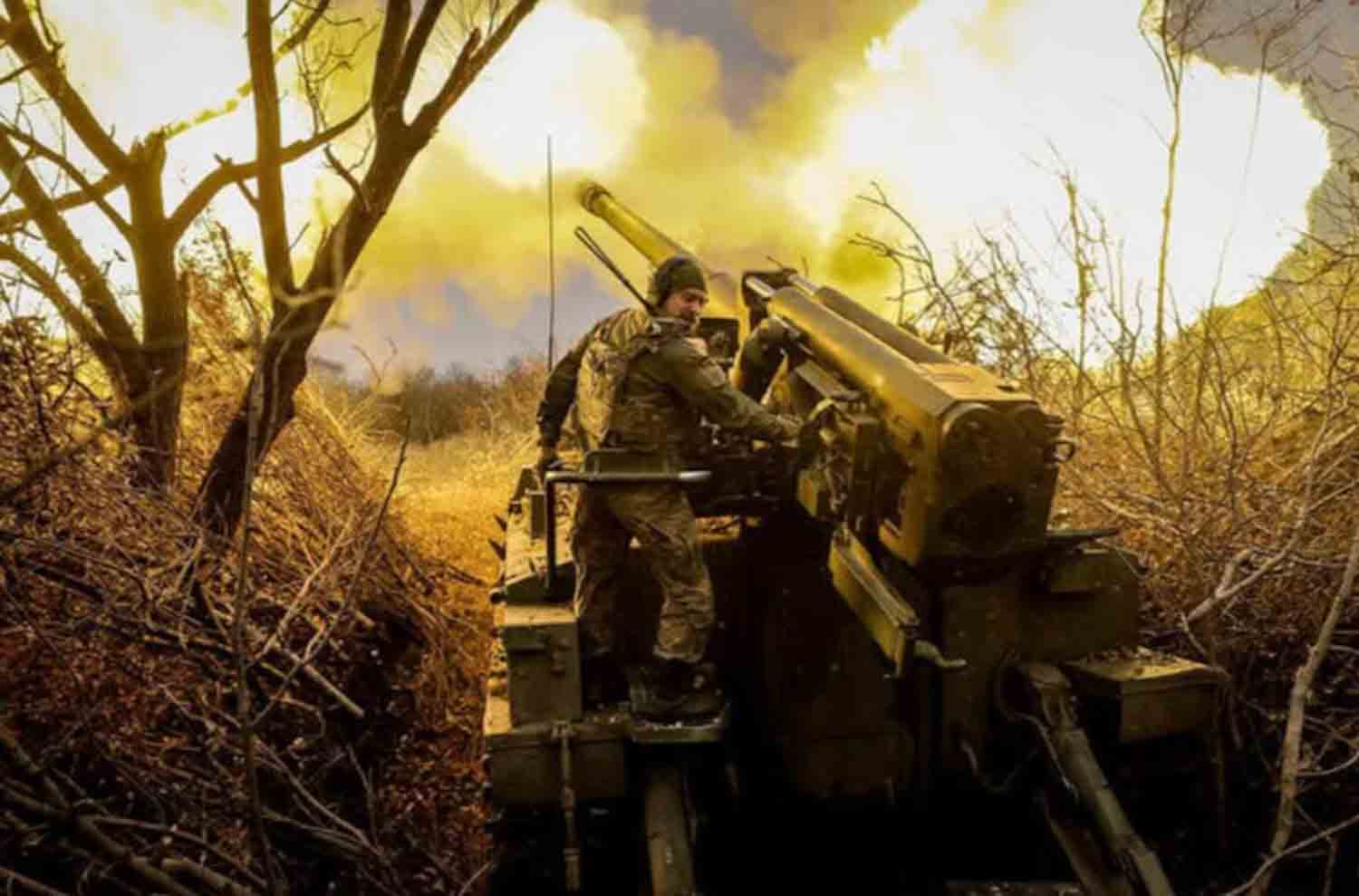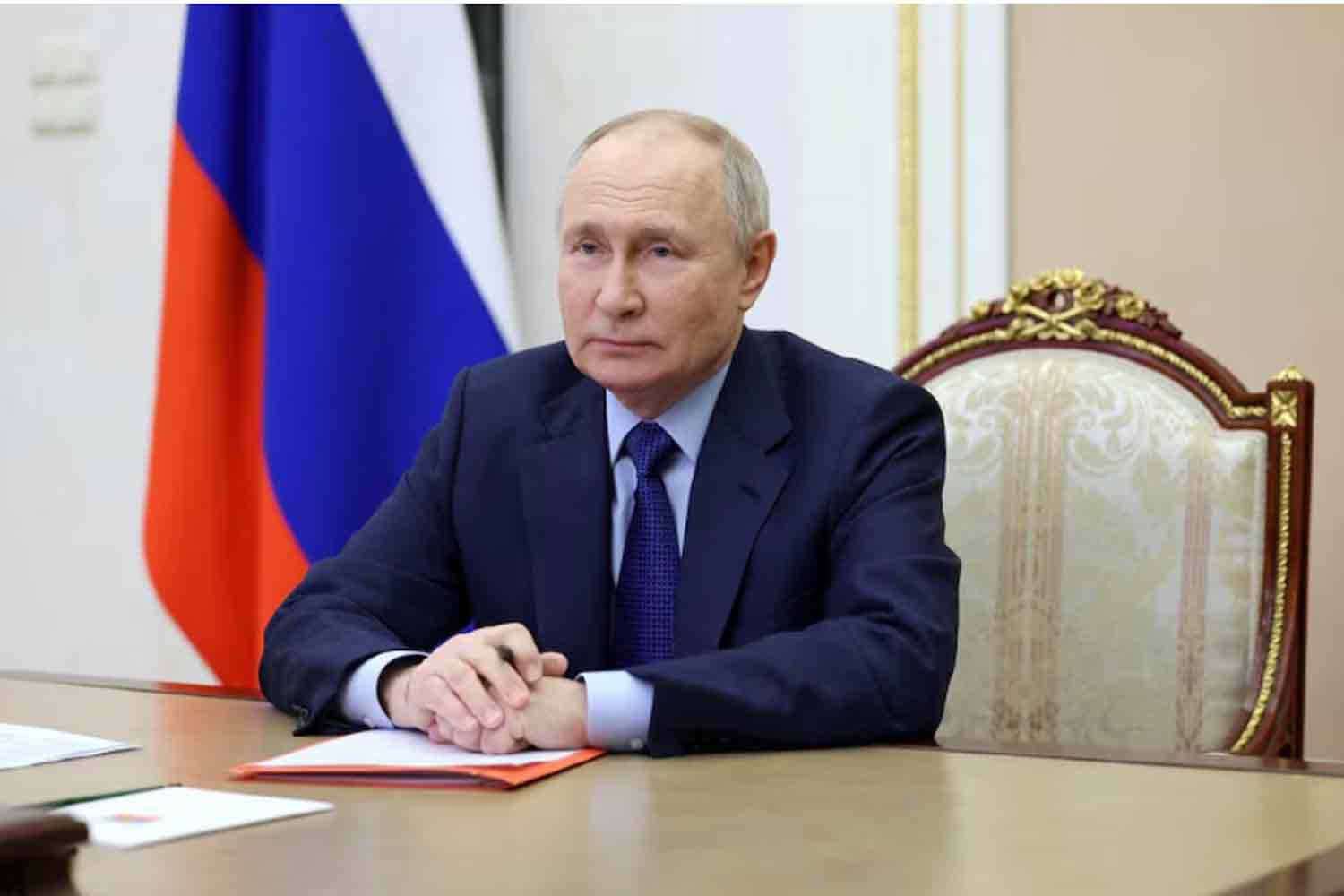The situation began with a peace initiative that lacked support and culminated in a rare experimental missile strike, prompting Moscow to provide Washington with a 30-minute warning. The last week has significantly altered the trajectory of Ukraine’s prolonged conflict, moving at an unprecedented pace as Donald Trump’s inauguration approaches in January. This period signifies a major escalation, yet it risks being overshadowed by the prevailing war fatigue, warranting a summary of events.
On Sunday, the White House officially permitted Ukraine to launch missiles supplied by the U.S. into Russian territory, which Ukraine promptly executed on Monday. In retaliation, Moscow deployed an experimental medium-range missile, capable of hypersonic speeds and equipped with a multiple warhead system typically designated for nuclear use, targeting Dnipro on Thursday. President Putin asserted that the “Oreshnik” missile could bypass all Western air defenses.
Both nations accused each other of recklessness—specifically, the U.S. and Russia. This conflict is increasingly characterized by Washington’s urgent attempts to reverse Ukraine’s declining position on the battlefield, while Russia, the initial aggressor, is resorting to more perilous strategies to regain the deterrent power it has lost over the past three years.
Direct confrontation between the two powers seems unlikely; however, their involvement in Ukraine’s escalating global struggle is becoming more pronounced.
The situation has deteriorated rapidly. Just a week ago, discussions of peace sparked widespread outrage.
German Chancellor Olaf Scholz took the initiative to contact Russian President Vladimir Putin, breaking a two-year period of isolation for the Kremlin leader from significant Western figures. Scholz aimed to appeal to pro-Russian constituents in eastern Germany ahead of upcoming elections, justifying his outreach by suggesting that if Trump intended to engage with Moscow, Europe should follow suit. This move angered Ukraine and Poland, while France and the UK appeared to harbor their own frustrations quietly.
The decision by the White House regarding weapons is unlikely to have been influenced by Scholz’s call. In fact, it has been indicated that President Joe Biden’s shift from months of hesitance in approving missile use within Russia was prompted by the involvement of North Korean troops alongside Russian forces. Likewise, Putin’s choice to deploy the Oreshnik missile appears to be a calculated move by Moscow to escalate tensions further. Both Moscow and Washington have signaled their intentions for months, although they seem somewhat surprised by the actions taken by their opponent this week.
The specifics surrounding the Oreshnik missile are crucial to understanding Putin’s intentions. While many details remain ambiguous, most analyses, along with Putin’s statements, suggest that this is a new missile, likely hypersonic and not nuclear at this stage, but capable of delivering multiple warheads in a manner typically associated with nuclear arms. Putin claimed that its speed of 3 kilometers per second renders all Western air defenses ineffective. U.S. and NATO officials described the missile as medium-range and “experimental,” a characterization that may initially seem to downplay its importance but could actually highlight a growing divide with Moscow.
In 2019, President Trump withdrew from the Intermediate Nuclear Forces treaty, a significant agreement that restricted the development of such weapons, citing Russian violations. The insistence by Western officials that this missile, which appeared to have nuclear capabilities, was “intermediate” in range may have been an acknowledgment of Russia’s ongoing development of such weapons in the absence of the now-defunct INF treaty. This could also serve as a reminder to Trump that Moscow has been actively pursuing the weapons he claimed they were developing during his first term.
Ukraine has identified the device as the “Kedr,” which was reportedly first mentioned in Russian state media in 2021. Kyrylo Budanov, the head of Ukraine’s defense intelligence, stated on Friday that it is a “medium-range ballistic missile, capable of carrying nuclear weapons.” He expressed concern, noting that the use of the missile in a non-nuclear capacity serves as a warning that Russia has lost its rationality. Budanov indicated that Ukraine believes two prototypes of the Kedr were developed by October, but he emphasized that “it is not a mass-produced item, thankfully.”
In the coming weeks, it will become clear whether the Oreshnik represents a singular message or a new strategy. Its deployment has heightened anxiety in Kyiv, particularly following the abrupt closure of the US Embassy on Wednesday due to an aerial threat, which has intensified fears that Moscow is resorting to measures it had reserved for a final confrontation with a major power.
However, the most concerning news of the week may lie beyond the overt geopolitical tensions and alarming developments over Dnipro.
The United Kingdom’s Defence Intelligence, typically a strong supporter of the Ukrainian military, reported on Thursday that the front line is more “unstable” than at any point since the invasion began. This description suggests that Kyiv’s forces are facing significant challenges along the front, aligning with the consistently bleak assessments reported by CNN from military and open sources.
The situation appears dire in all directions. To the south of Kharkiv, Russian forces are making advances toward the city of Kupiansk. Supply lines are under threat in the eastern Donbas region. Additionally, southern Zaporizhzhia is facing increased pressure, while Moscow continues its efforts to push Ukraine out of the Kursk border area.
The Biden administration may expedite the deployment of anti-personnel mines and announce additional ammunition supplies, but significant changes are already occurring in the trenches where snow is accumulating. In the most optimistic scenario, these developments may grant Moscow a territorial advantage as winter sets in.
During Trump’s presidency, discussions about negotiations gained momentum. However, the immediate reaction has been a rapid escalation of the conflict, potentially complicating any future ceasefire. The pressing concern is that this aggressive push for a more favorable negotiating stance could generate an uncontrollable momentum of its own.
Discover more from Defence Talks | Defense News Hub, Military Updates, Security Insights
Subscribe to get the latest posts sent to your email.





